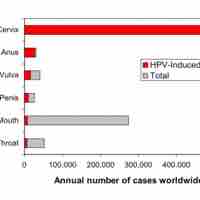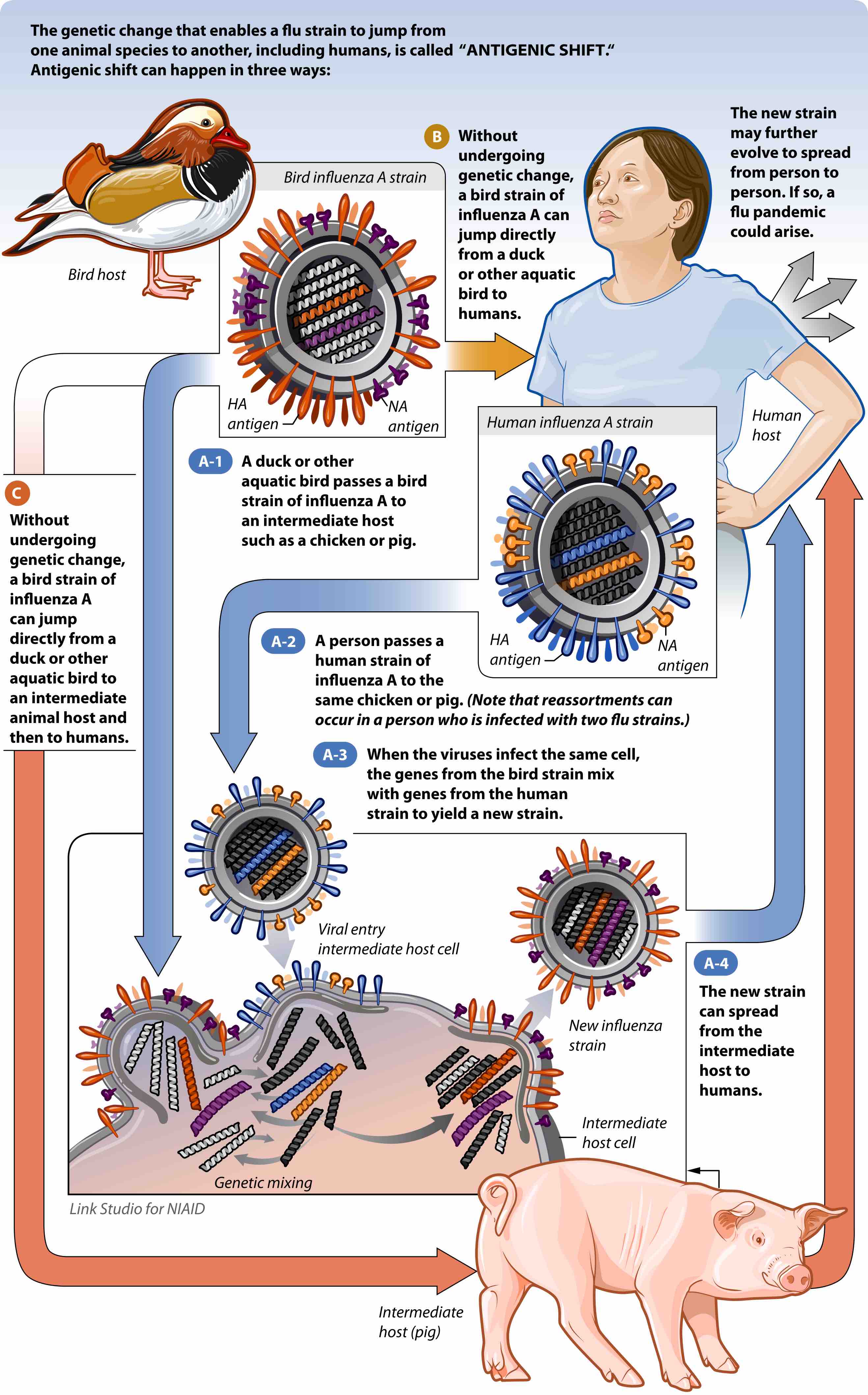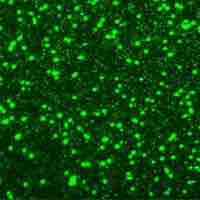Chapter 9
Viruses
By Boundless
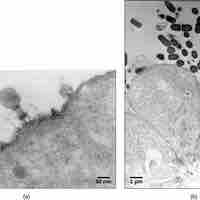
Viruses are infectious particles about 100 times smaller than bacteria and can only be observed by electron microscopy.

A virion is a complete viral particle consisting of RNA or DNA surrounded by a protein shell, constituting the infective form of a virus.
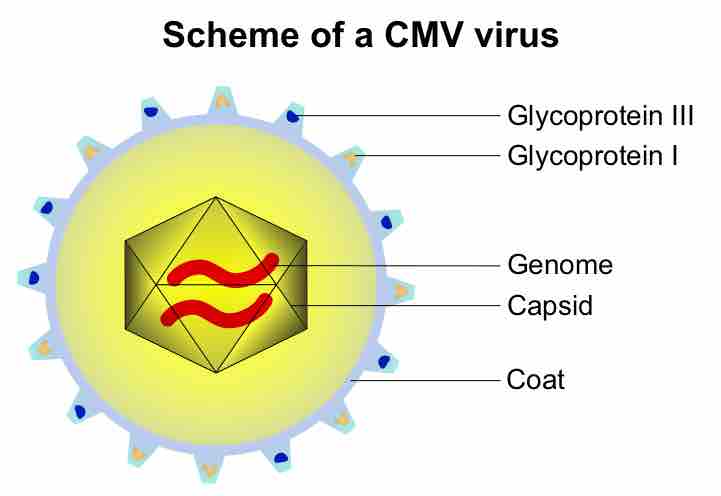
The viral genome is the complete genetic complement contained in a DNA or RNA molecule in a virus.

A virus' host range is the range of cell types and host species a virus is able to infect.
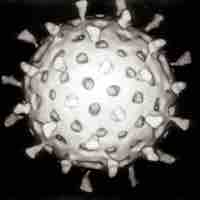
Most viruses range in size from 5 to 300 nanometers (nm), although some Paramyxoviruses can be up to 14,000 nm long.
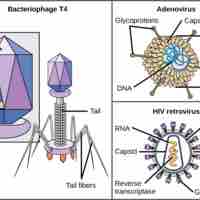
Viruses of all shapes and sizes consist of a nucleic acid core, an outer protein coating or capsid, and sometimes an outer envelope.
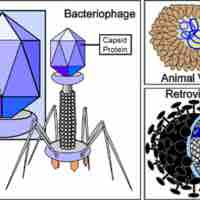
Viruses have a variety of shapes and structures.
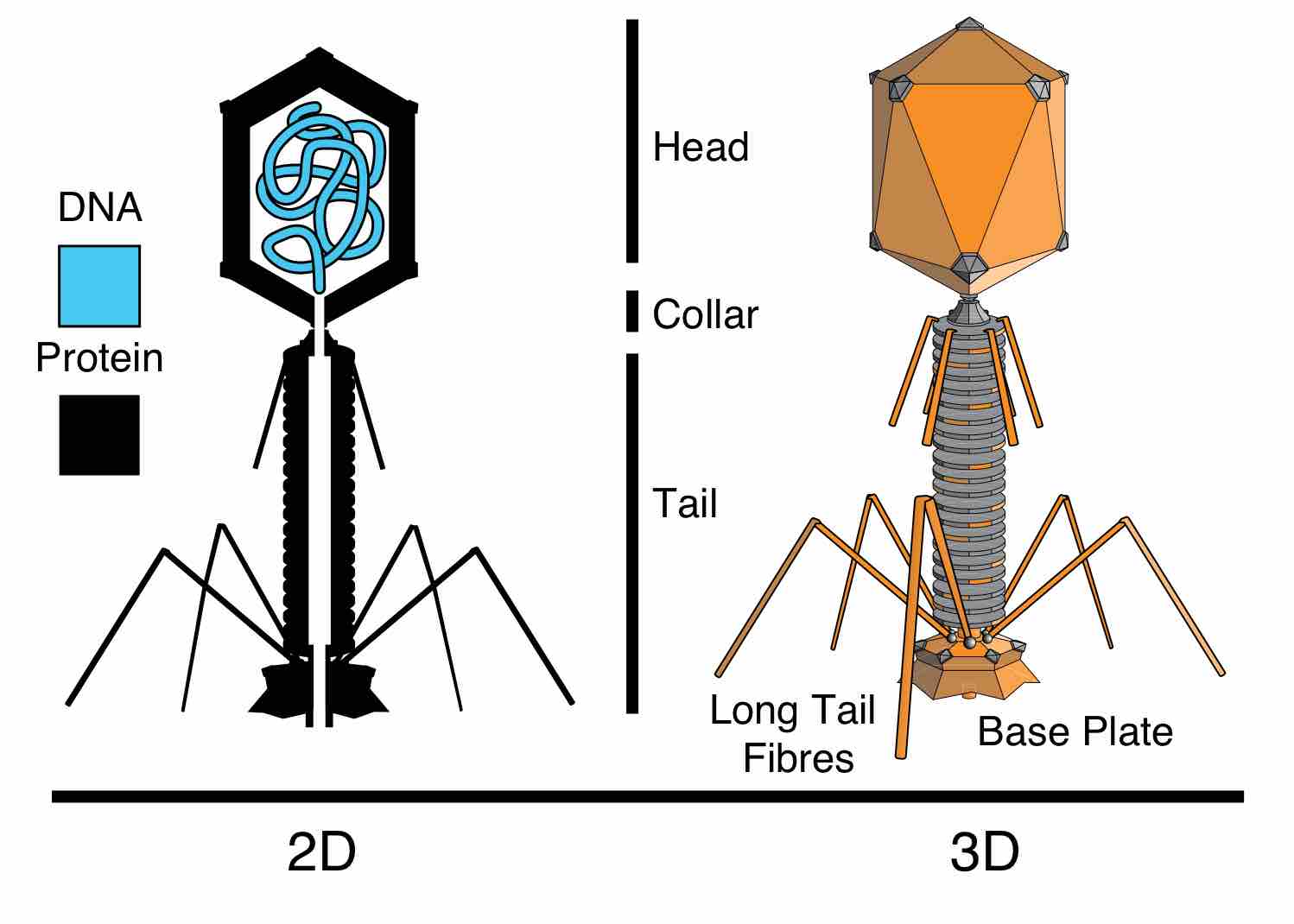
Complex viruses are often asymetrical or symetrical in combination with other structures such as a tail.
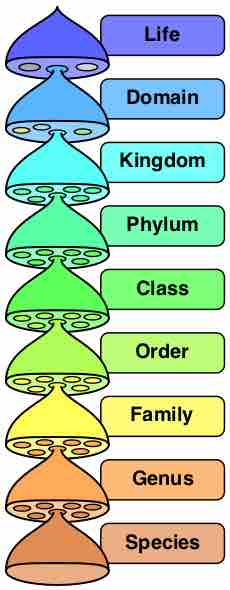
The International Committee on Taxonomy of Viruses (ICTV) establishes guidelines to maintain viral family uniformity.
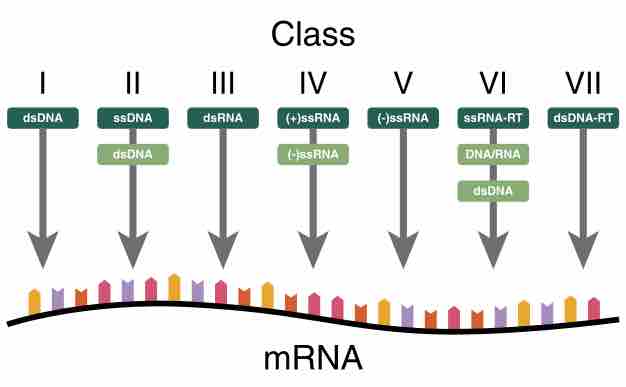
The Baltimore classification groups viruses into families depending on their type of genome.
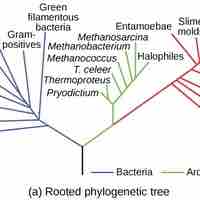
The evolution of viruses is speculative as they do not fossilize; biochemical and genetic information is used to create virus histories.

Viruses are obligate intracellular parasites that hijack a host cell's machinery to replicate, thereby causing disease.
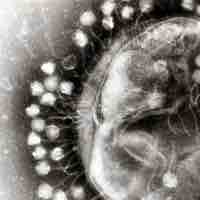
Bacteriophage cultures require host cells in which the virus or phage multiply.
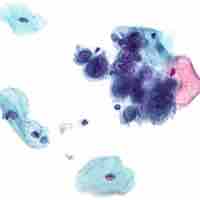
Viruses cannot be grown in standard microbiological broths or on agar plates, instead they have be to cultured inside suitable host cells.
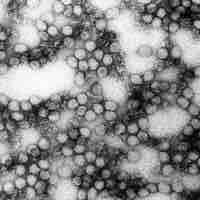
Live animal inoculation is a method used to cultivate viruses.

The genetic material within virus particles varies considerably between different types of viruses.
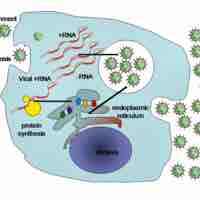
Virologists describe the formation of viruses during the infection process in target host cells as viral replication.
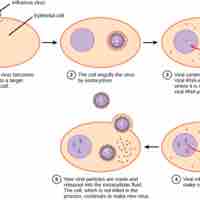
Viral infection involves the incorporation of viral DNA into a host cell, replication of that material, and the release of the new viruses.
Host tropism refers to the way in which viruses/pathogens determine which cells become infected by a given pathogen.

Animal viruses have their genetic material copied by a host cell after which they are released into the environment to cause disease.

Plant viruses are often spread from plant to plant by organisms known as vectors.

Replication defective viruses (also known as satellites) are those that need the presence of other viruses to help them reproduce.

Viroids are plant pathogens without the protein coat that is typical for viruses.

Prions are infectious agents composed of protein in a misfolded form, unlike all other known infectious agents which contain nucleic acids.
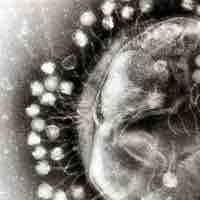
Bacteriophages are viruses that infect bacteria and are among the most common and diverse entities in the biosphere.
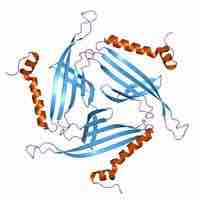
Nineteen families of bacteriophages that infect bacteria and archaea are currently recognized; of these, only two families have RNA genomes.
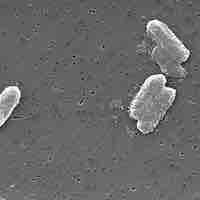
Of the viral families with DNA genomes, only two have single-stranded genomes, the Inoviridae and the Microviridae.
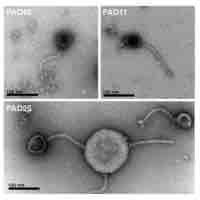
The dsDNA tailed phages, or Caudovirales, account for 95% of all known phages and possibly make up the majority of phages on the planet.

Bacteriophage Mu is a temperate bacteriophage that uses DNA-based transposition in its lysogenic cycle.
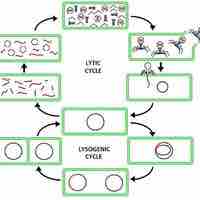
T-4 bacteriophage is a virulent bacteriophage that infects E. coli bacteria; virulent bacteriophages have a lytic life cycle.
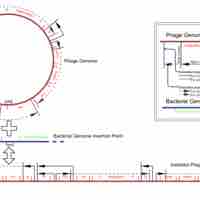
In virology, temperate refers to the ability of some bacteriophages to display a lysogenic life cycle.
Most viruses infecting Archaea are double-stranded DNA viruses that are unrelated to any other form of virus.
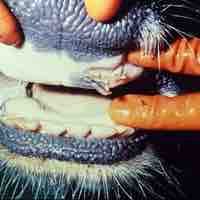
Positive strand RNA viruses are the single largest group of RNA viruses with 30 families.
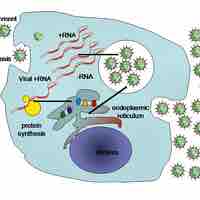
Attachment is a specific binding between viral capsid proteins and specific receptors on the host cellular surface.

RNA viruses are classified into distinct groups depending on their genome and mode of replication.
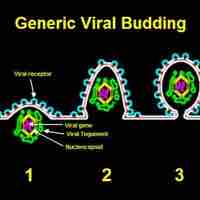
Viruses are released from the host cell following assembly.

Negative-strand RNA viruses are single-stranded viruses that can infect several types of animals.

For influenza viral propagation to begin, there first must be viron attachment and entry into a host cell.
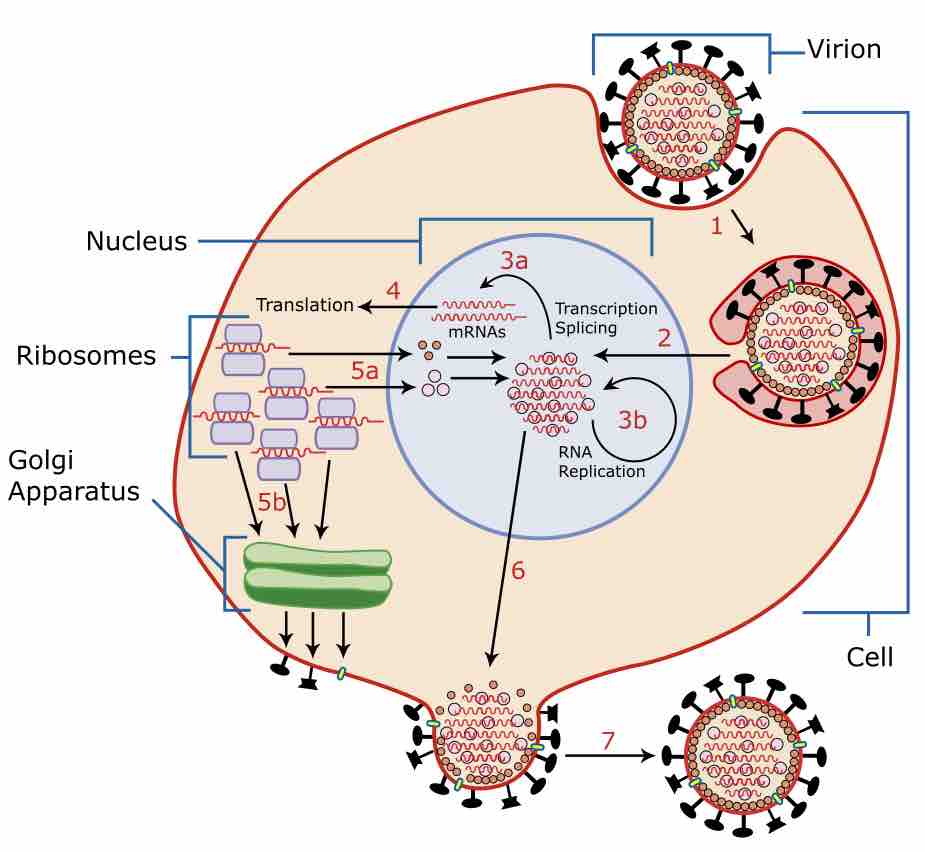
Influenza A follows the typical life cycle of most influenza virus: infection and replication are a multi-step process.
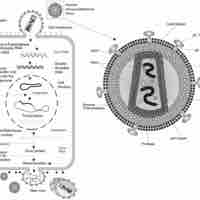
Retroviruses are viruses that are able to reverse transcribe their RNA genome into DNA, which is then integrated into a host genome.
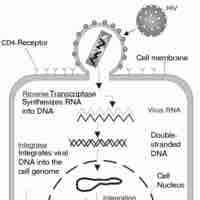
The attachment and fusion of HIV virons to host cells are crucial to HIV infection.
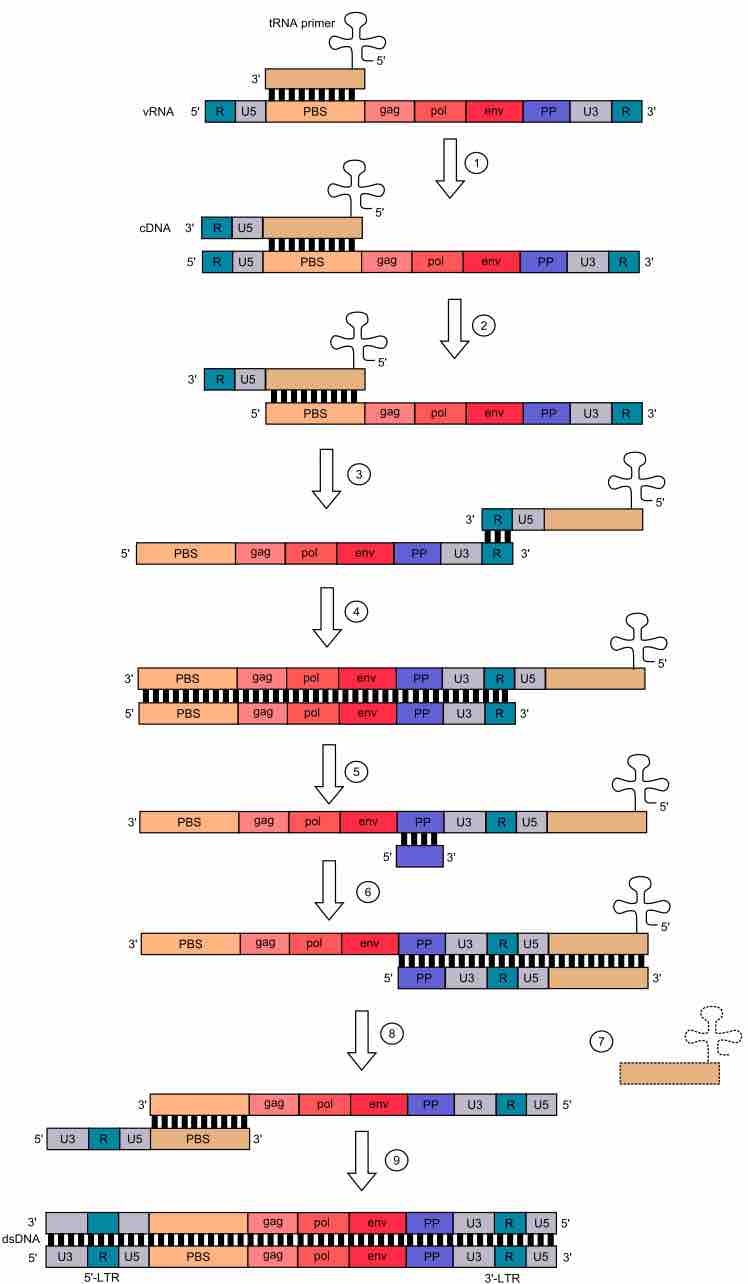
The retroviral genome contains the elements needed for reverse transcription and all other activities of a retrovirus.

HIV replication depends on a complex, coordinated series of events where the virus integrates into the DNA of host cells.
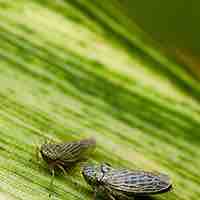
DNA viruses are relatively rare in plants, but are responsible for a significant amount of crop damage worldwide.
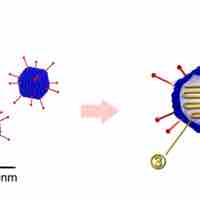
Most double-stranded DNA viruses replicate within the host cell nucleus.
Herpes viruses cause a wide range of latent, recurring infections including oral and genital herpes, cytomegalovirus, and chicken pox.
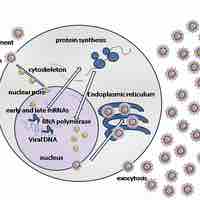
Herpes simplex virus attaches to a host's cells with viral envelope glycoproteins, which then allows entry of the viral capsid into the host cell.
Herpes replication entails three phases: gene transcription, viral assembly in the nucleus, and budding through the nuclear membrane.
Immunodeficiency occurs when the immune system cannot appropriately respond to infections.

The poxviruses are a family of large, complex, enveloped DNA viruses that infect a variety of vertebrate and invertebrate hosts.
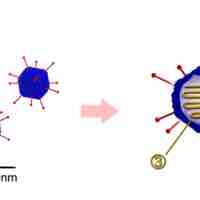
Adenoviruses are non-enveloped, icosahedral DNA viruses which cause upper respiratory infections, primarily in children.
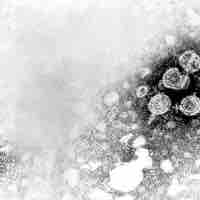
Hepadnaviruses, retroviruses, use virally encoded reverse transcriptase to convert RNA into DNA.
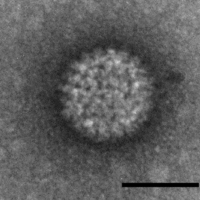
Interferons play pivotal roles in shaping the immune responses in mammals.

